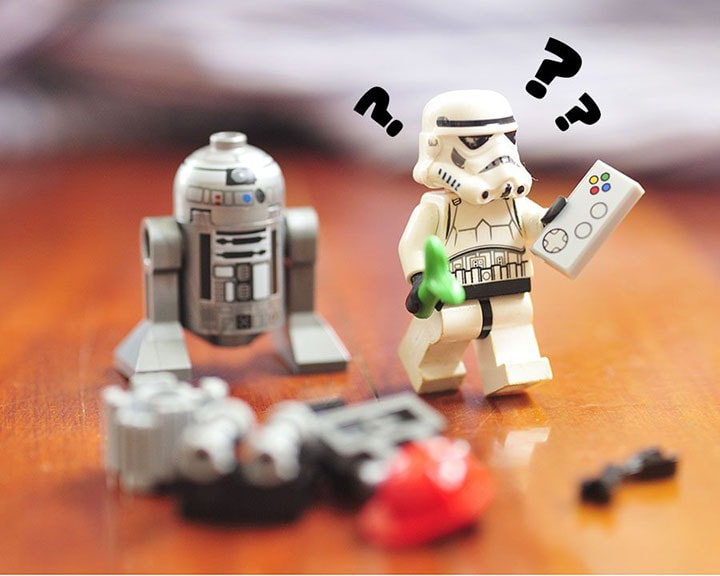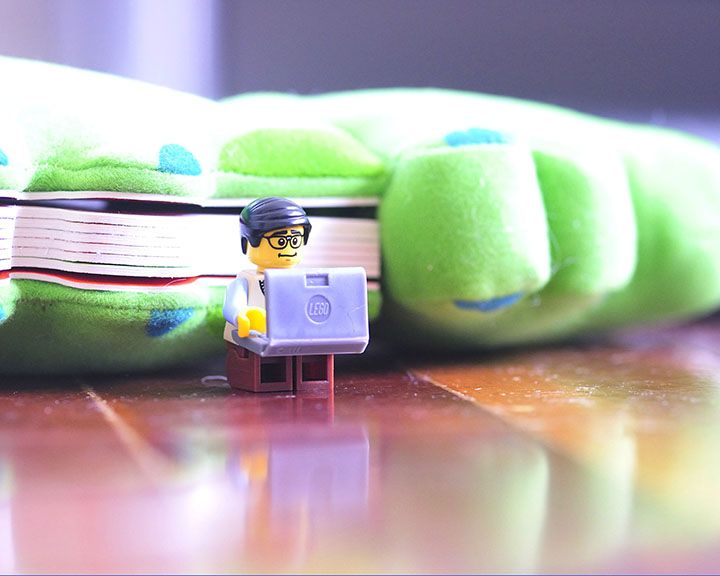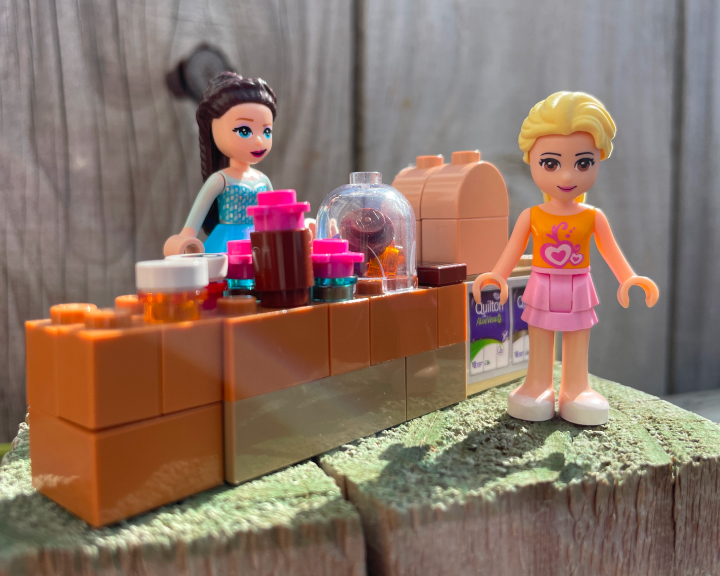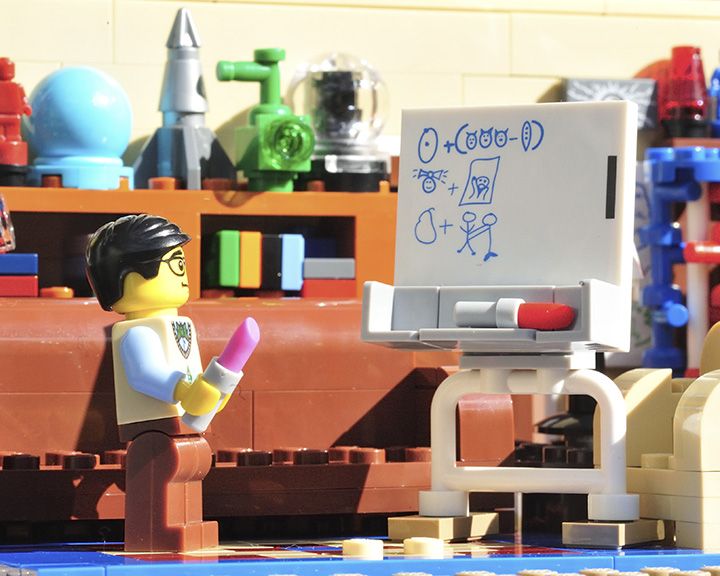Starting a business website doesn’t require technical skills, but understanding the technical terms will make communicating with the website designer or website developers easier. As a business owner, you must know what’s happening within your website, even if you’re not building or maintaining it.
Below are some key web design terms that you should be familiar with:
Responsive website design
Responsive website design refers to how the content appears on various devices, like desktops, laptops, tablets, and smartphones. An optimised, responsive website allows you to read the content easily without pinching the screen to read the content on a smartphone.
Search engine
Online search engines use keywords to find relevant information from different websites through the internet. Examples include Google and Bing.
Nav menu
Also known as the menu, this is where the links to your pages are located, and it usually appears at the top of a website. These may include Home, About, Services, Contact, and other important pages of your website.
URL
URL is the address of your website and every unique page inside it. Every web page, including elements like documents (e.g., pdf), images, and videos, has a unique URL.
End-user
This term refers to the individual who intends to use your website. It distinguishes you, the company that built the website, and the people you are reaching out to, also known as your target market.
User
A user is the person who uses the website, regardless of whether the user will engage with your service/product.
Above the fold
Above the fold is the part of the website you immediately see when you load the page without having to scroll down. The “fold” is the page part that requires scrolling to be viewed. The above-the-fold contents of your website may make or break your impact on your end users.
Alt Text
The Alt Text is a short HTML description of an image on your website. It appears when an image doesn’t load and tells users what the image is about, which is important for search engine optimisation.
Bug
A bug is anything that causes a malfunction on your site. If your web page doesn’t open even though the URL is correct or its contents don’t display correctly, it may be considered a bug. The website developer needs to resolve this kind of problem.
Front end
The front end is the part of the website that is visible to the user. It can be accessed using your domain.
Backend
Opposite the front end and similar to the backstage, this is your website’s behind-the-scenes access. This is where the programming script is saved and modified.
CMS
CMS (Content Management System) is a platform for managing web content. The most commonly used CMS platforms for online businesses include WordPress, Shopify, and more.
Page Builder
A page builder allows you to create a page layout and add your content easily without the help of a website developer using a CMS platform like WordPress. Elementor is the most popular page builder due to its many components and helpful features for designing a business or eCommerce website.
Component
Component can also refer to a module or widget. In the context of building a website using WordPress, for example, it is a feature or a design element you can reuse, customise or add to your content. Examples include a button, image gallery, product carousel, banner, and more.
Container
When grouping elements like content and images on a page, they were normally placed inside a container. The website designer can control their placement, add styling, and stack them on a mobile screen. A container can have multiple containers to control and display the maximum content width so it will not stretch too wide on large desktop screens.
Boxed/Contained
A container with boxed property allows the elements to flow and display in a limited-width space, usually positioned at the centre of the screen. Contained elements, especially heavy text-based websites, promote readability and display visual balance.
Full width
A container can be set to full width, meaning that no matter how wide your screen is, the content will flow on both ends of the screen.
Conclusion
Now that you know these important terms, it will be easier to communicate with web designers or website developers about your business website requirements.



